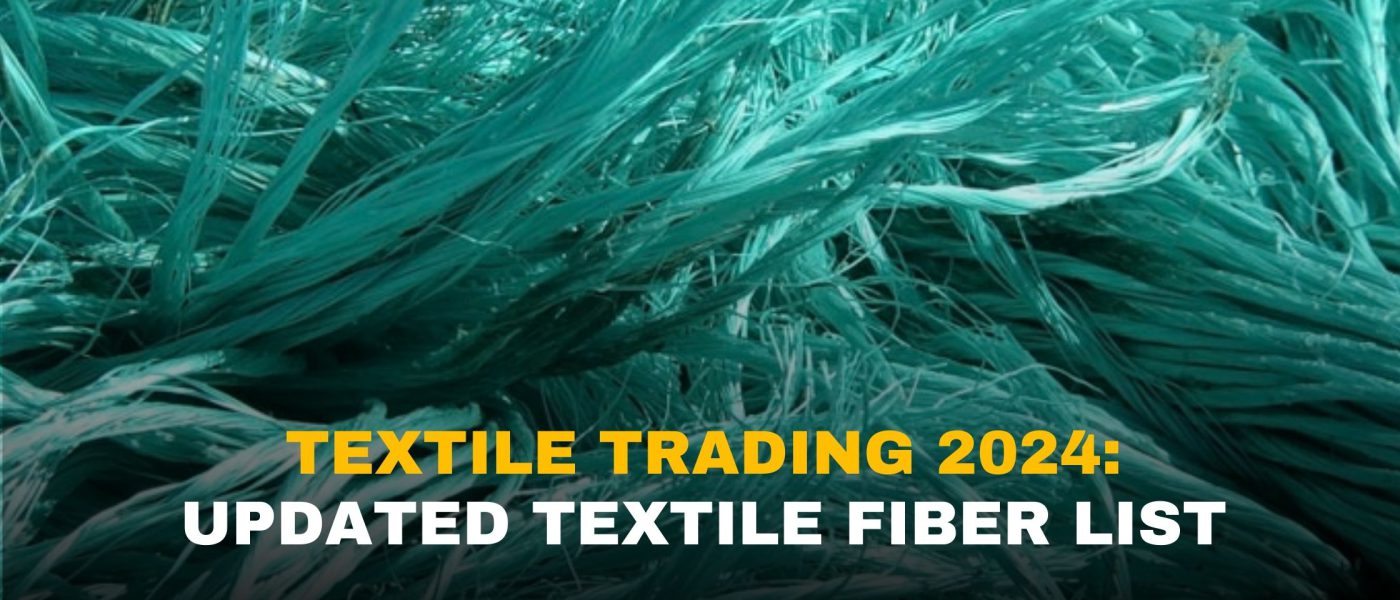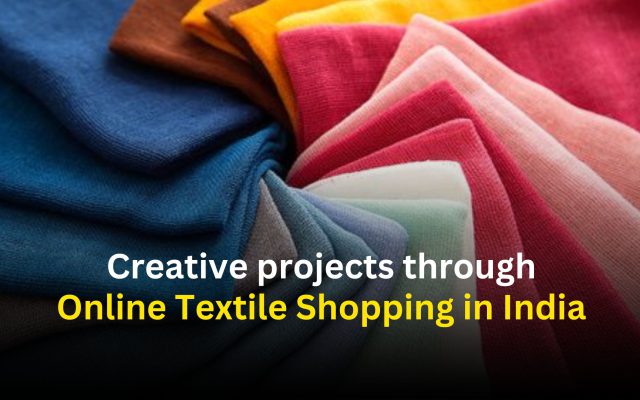As the textile industry continues to change and innovate, the year 2024 promises to be a dynamic period for the sector. One of its defining characteristics is the diverse range of fabrics available in the market. Thanks to advancements in technology and innovation, textile manufacturers in India are constantly introducing new types of fabrics to meet consumer demands. Read on to keep yourself updated on the fiber list available currently in the market.
The Evolving Fiber Landscape
Consumer preferences keep changing, and as a growing industry, the latest developments in traditional fabrics to suit the needs of the consumers are being constantly added to the list. Apart from cotton suppliers who offer natural fibers, there are also artificial fibers. Currently, we are witnessing a surge in regenerated fibers that are designed to accommodate the needs of consumers.
Fibers can be broadly categorized into vegetable fibers, animal fibers, mineral fibers, inorganic fibers, regenerated fibers, synthetic fibers, and semi-synthetic fibers.
Vegetable Fibers
All plant-based fibers are naturally vegetable fibers that are derived from different parts of the plant. Primarily, these fibers are extracted from the cellulose components, such as the bark portions, from the leaves or the seeds of the plant. For those looking for cotton fabric material online, we at Damodar Menon International offer nothing but the best!
Here is an up-to-date list of vegetable fibers available in the market
- Abaca
- Banana
- Cotton
- Jute
- Kapok
- Linen
- Lotus Silk
- Organic Cotton
- Pima Cotton
- Pina
- Ramie
- Sisal
- Supima Cotton
- True Hemp
- Upland Cotton
Animal Fibers
Animal fibers, as the name suggests, are derived from the skin of the animals, their fur, hairs, and sometimes even the cocoons they form. The fibers obtained from animals are also called protein fibers because of their nature of origin. Animal fibers are classified as wool when they are from animals like sheep, goats, camels, and rabbits. When they are extracted from animals like alpaca, vicuna, and angora, the fibers are called specialty fibers.
Here, we have listed all the available animal fibers in the market.
- Alpaca
- Angora
- Camel Hair
- Camel Wool
- Cashgora
- Cashmere
- Eri Silk
- Lamb’s Wool
- Llama Wool
- Merino Wool
- Mohair Wool
- Rabbit
- Silk
- Spider Silk
- Vicuna Wool
Mineral Fiber
Apart from the organic fibers like vegetable and animal fibers, this is the type of fibers that are extracted from minerals found in mines. These mineral fibers have the natural ability to protect from extreme temperatures and offer acoustic insulation when worn. Though asbestos was deemed to be dangerous for health, alternative mineral fibers, such as rock wool and basalt, have gained popularity in the construction and other industries due to their properties offering safety.
Here is an updated list of the available mineral fibers
- Asbestos
- Glass
- Basalt
- Rock Wool (Mineral Wool)
Inorganic Fiber
Fibers that are completely devoid of carbon-based components are called inorganic fibers. These fibers play a predominant role in an industrial setup as they can withstand extreme temperatures and provide optimal safety to people working in high-risk conditions. As they are inactive even against fires, they are used to make protective suits and gear for people working in high-tensile industries.
A complete list of inorganic fibers is as follows
- Gold
- Carbon
- Ceramic
- Copper
- Inox Metallized Fiber
- Lurex Metallized Fiber
- Metallic
Regenerated Fiber
A category of fibers that goes through continuous R&D is the regenerated fibers that are customized chemically from naturally occurring fibers. The regenerated fibers are manufactured by chemically treating the cellulosic fibers that are abundantly present in natural materials like wood pulp and bamboo shafts.
Take a look at the regenerated list of fibers here:
- Alginate
- Azlon
- Cuprammonium Rayon
- Cupro
- Kemira Viscose
- Modal
- Polynosic
- Rayon
- Viscose
- Viscose From Bamboo
Synthetic Fiber
A completely man-made fiber, these synthetic fibers are customized and manufactured by chemically treating polymers and blending substances to get the desired effect in the fabric. We have listed here an exhaustive list of synthetic fibers that are currently being used in the textile industry.
- Acrylic
- Aquator Tactel Nylon
- Aramid
- Biconstituent Fiber (Polyester 85% Nylon 15%)
- Chlorofiber
- Coolmax Polyester
- Dralon Acrylic
- Elastane
- Elastodiene
- Elastolefin
- Elastomultiester
- Elite Polyester
- Fluoro
- Hollofil Polyester
- Ingeo Polylactide
- Kevlar
- Kodel Polyester
- Melamine
- Meryl Nylon
- Modacrylic
- Nomex
- Nylon
- Polartec Polyester
- Polyamide
- Polycarbamide
- Polyester
- Polyethylene
- Polylactide
- Polypropylene
- Polyurethane
- Supplex Nylon
- Tactel Nylon
- Taslan Nylon
- Trivinyl
- Vinyl
Semi-Synthetic Fiber
Very similar to regenerated fibers made from cellulosic materials, these semi-synthetic fibers are also pre-treated from naturally occurring materials and chemically modified to achieve the desired fabric.
Here is a list of the semi-synthetic fibers that are currently available in the market
- Acetate
- Lyocell
- Promix Fibers
- Tencel
- Triacetate
As we can see, the updated fiber list in 2024 holds a definite promise of a bright future in the textile industry. Fibers are being manufactured with a prime focus on quality and comfort in mind. At Damodar Menon International, all our suppliers and manufacturers vouch for the quality and comfort when you are looking to buy cotton yarn online. Whether you need pristine organic fibers or highly dynamic regenerated fibers, we will be able to source the best in the industry. We are only a call or mail away to expedite your textile business!




